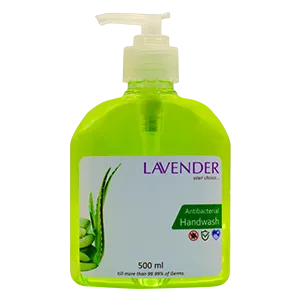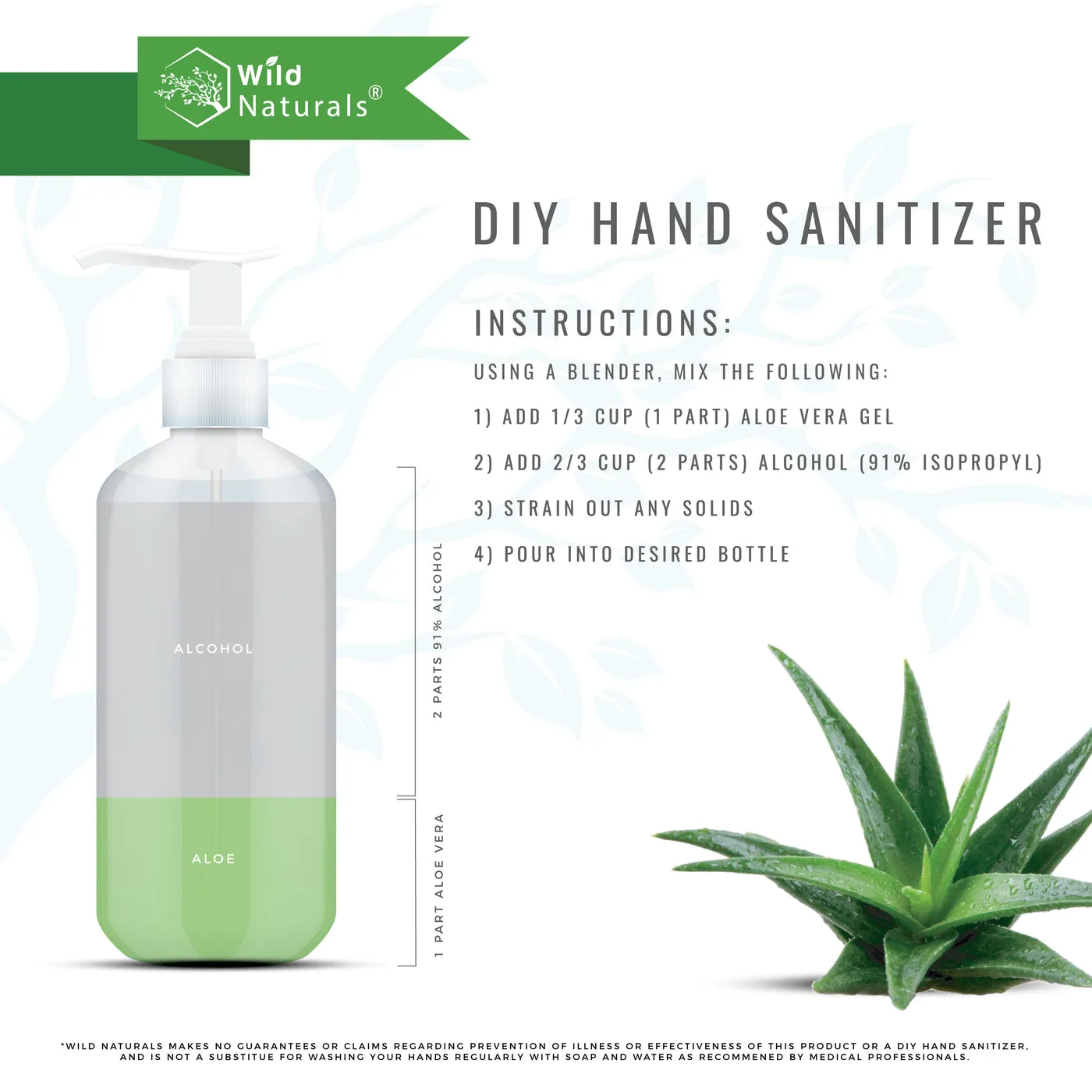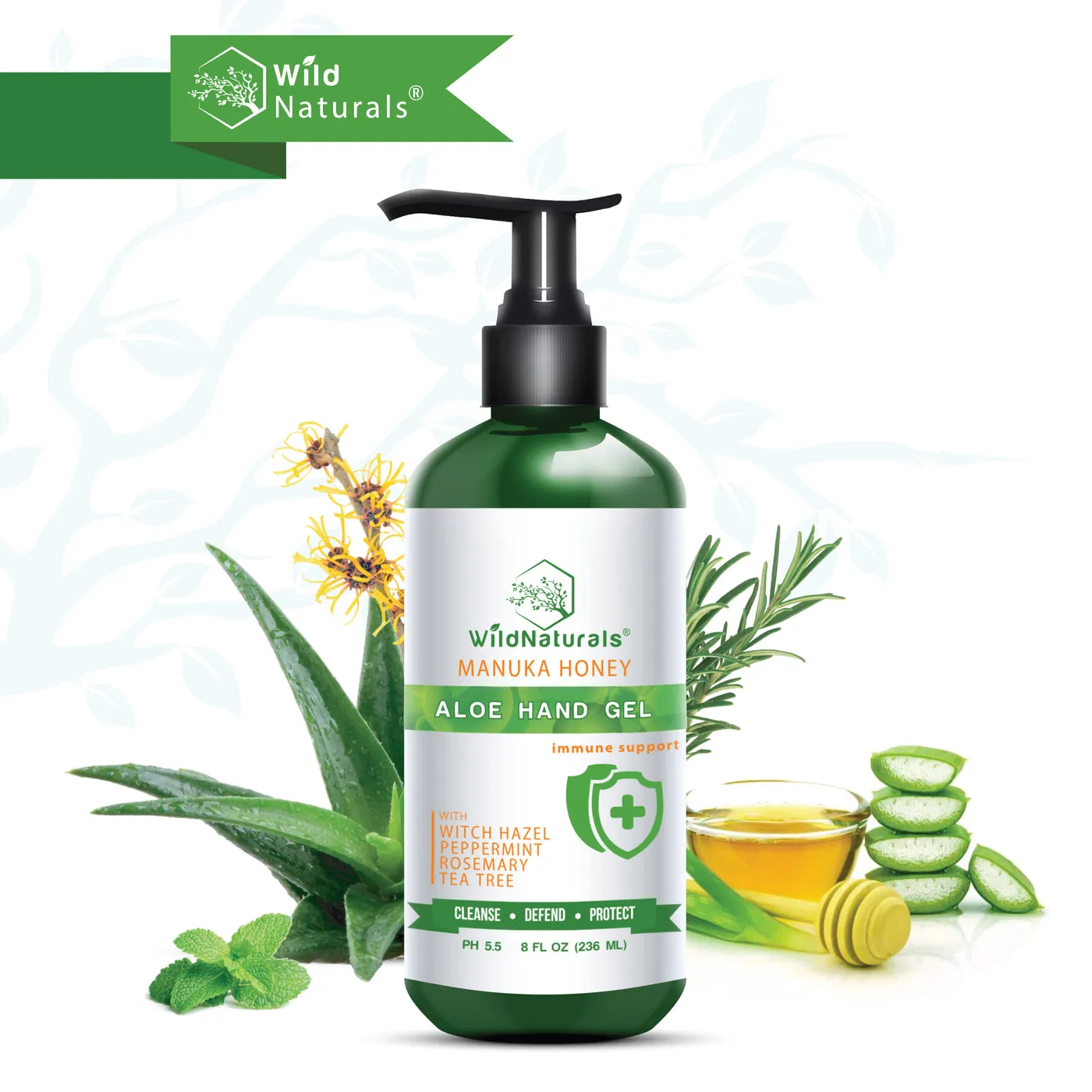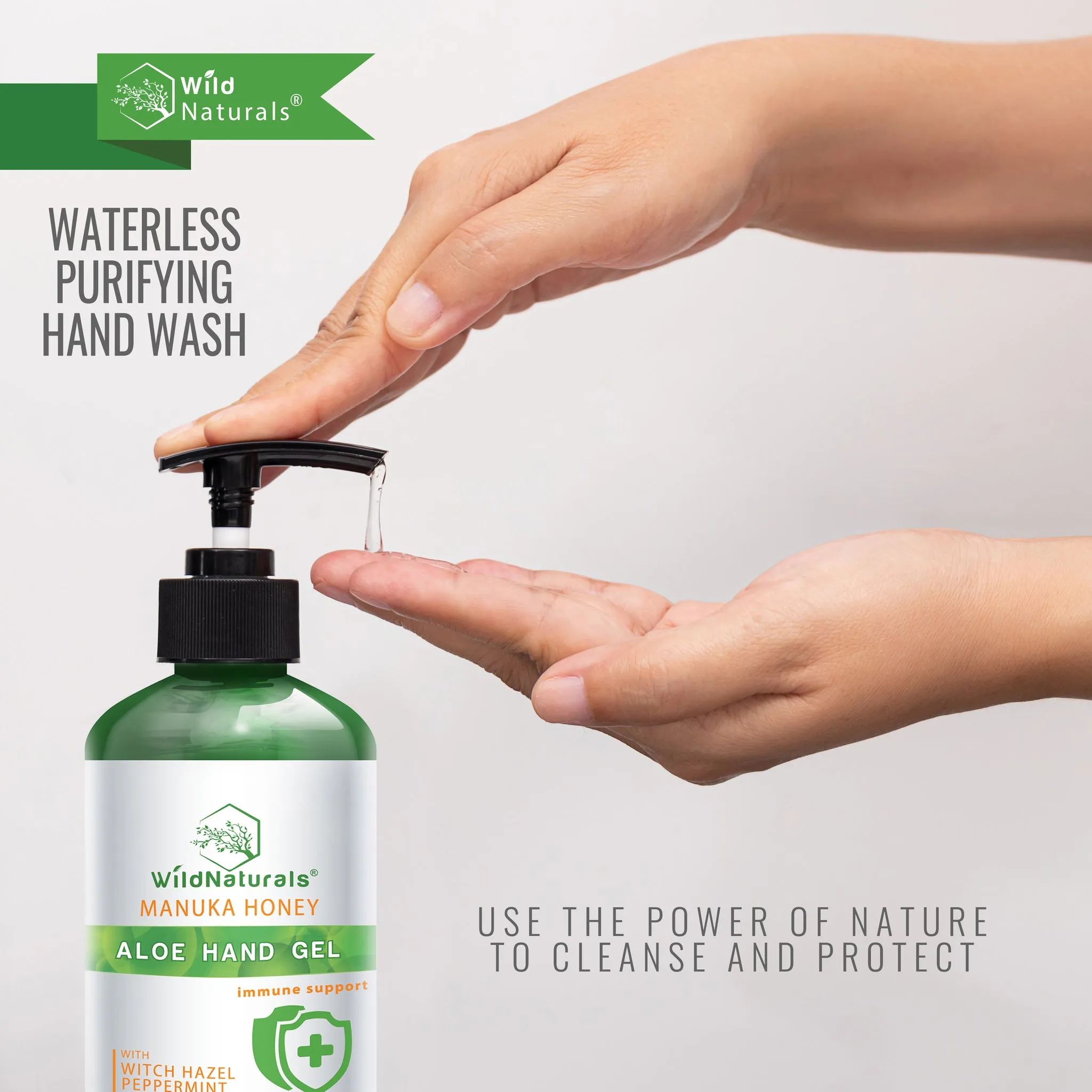Are you looking for a natural way to brighten and whiten the skin on your hands? Aloe vera, renowned for its soothing and healing properties, can also be a powerful ally in your quest for brighter, more even-toned hands. This comprehensive guide, ‘Aloe Vera Hand Whitening 101,’ will walk you through everything you need to know, from understanding why aloe vera works to creating your own effective hand-whitening treatments. Discover how to harness the power of this amazing plant to achieve beautiful, radiant hands naturally.
Why Aloe Vera for Hand Whitening
Aloe vera’s popularity in skincare isn’t just a trend; it’s rooted in science. Its ability to rejuvenate skin cells, reduce inflammation, and lighten dark spots makes it an excellent choice for hand whitening. Exposure to the sun, environmental pollutants, and the natural aging process can cause the skin on your hands to darken unevenly. Aloe vera offers a gentle yet effective solution to combat these effects, promoting a brighter and more youthful appearance. Unlike harsh chemical treatments, aloe vera is gentle, making it suitable for various skin types, and its natural composition minimizes the risk of adverse reactions. Furthermore, it provides additional benefits like hydration and soothing irritated skin, making it a holistic approach to hand care.
How Aloe Vera Whitens Hands
Aloe vera’s effectiveness in hand whitening is attributable to its unique composition of active compounds. It works through multiple mechanisms. First, it contains compounds that inhibit the production of melanin, the pigment responsible for skin darkening. By reducing melanin synthesis, aloe vera helps to lighten existing dark spots and prevent new ones from forming. Second, it exfoliates the skin gently, removing dead skin cells that often contain accumulated melanin. This process reveals brighter, newer skin underneath. Third, its antioxidant properties combat free radicals that can cause premature aging and skin discoloration. The combined effect of these actions leads to a noticeable improvement in skin tone and a reduction in hyperpigmentation, resulting in whiter and more radiant hands.
Aloe Vera Properties for Skin

Aloe vera is a powerhouse of beneficial properties for the skin. It is renowned for its moisturizing abilities, thanks to its high water content and the presence of polysaccharides that retain moisture. This hydration is essential for maintaining skin health and a youthful appearance. Aloe vera also boasts anti-inflammatory properties, soothing irritated skin and reducing redness. It accelerates the healing of minor wounds and injuries due to the presence of compounds that stimulate cell regeneration. The plant is rich in antioxidants, which help to protect the skin from damage caused by free radicals, contributing to its anti-aging effects. These properties make aloe vera a versatile ingredient for addressing various skin concerns, making it a popular choice for overall skincare.
Key Compounds in Aloe Vera
The effectiveness of aloe vera stems from its rich composition of active compounds. Polysaccharides are the primary moisturizing agents, helping to keep the skin hydrated and plump. Vitamins, including A, C, and E, act as antioxidants, combating free radicals and promoting skin health. Minerals, such as zinc and magnesium, support various skin functions and contribute to its overall well-being. Anthraquinones, like aloin and aloe-emodin, provide the skin-lightening and anti-inflammatory effects. Enzymes, like bradykinase, reduce inflammation and soothe irritated skin. These diverse components work synergistically to deliver the wide range of benefits aloe vera is known for, making it a truly remarkable natural remedy for skin care.
Preparing Aloe Vera for Hand Whitening
To prepare aloe vera for hand whitening, you’ll first need to extract the gel. If you have an aloe vera plant, cut a leaf near the base and carefully slice it open lengthwise to access the gel. For store-bought aloe vera gel, make sure it is pure (or as close to 100% pure as possible) to avoid added chemicals that could irritate your skin. Before application, perform a patch test on a small area of your skin to check for any allergic reactions. Once the gel is ready, you can use it directly or mix it with other natural ingredients to enhance its effectiveness. Always ensure you’re using fresh or properly stored aloe vera gel to retain its potency and prevent contamination.
Selecting the Right Aloe Vera

Choosing the right aloe vera is crucial for achieving the best results. When using fresh aloe vera, select a mature leaf from a healthy plant; these will have the highest concentration of beneficial compounds. When purchasing aloe vera gel, opt for a product that is as pure as possible, ideally containing 98-100% aloe vera. Read the label carefully to avoid products with added alcohol, fragrances, or artificial colors, as these can irritate the skin or diminish the gel’s effectiveness. Look for products that are organically certified to ensure they are free from pesticides and other harmful chemicals. The color and consistency of the gel should be clear to slightly cloudy, with a viscous texture. A good quality aloe vera gel will provide the best results for hand whitening.
Gathering Your Supplies
Gathering the right supplies is essential for an effective aloe vera hand whitening treatment. Aside from aloe vera gel (fresh or store-bought), you may need a few additional items. A small mixing bowl and a spoon or spatula are useful for blending ingredients, especially if you’re making a custom mask. If you are using fresh aloe vera, a sharp knife is needed to cut the leaf. Consider having a clean cloth or cotton pads for applying the mixture and a towel to dry your hands. For enhanced effects, you can also gather other natural ingredients like lemon juice, honey, or turmeric powder, all known for their skin-lightening and antioxidant properties. Keeping these supplies readily available will make the whitening process smoother and more enjoyable.
Step-by-Step Aloe Vera Whitening Process
The process for hand whitening with aloe vera is simple. First, wash your hands thoroughly with a gentle cleanser and warm water to remove dirt and impurities. Next, apply a generous amount of aloe vera gel to your hands, ensuring even coverage. If you’re using a mixture, apply it in the same manner. Gently massage the gel or mixture into your skin for a few minutes, allowing it to absorb fully. Leave the mixture on your hands for 15-20 minutes to allow the ingredients to work their magic. Rinse your hands with cool water and gently pat them dry with a soft towel. Finally, apply a moisturizer to keep your hands hydrated. Following this step-by-step process regularly will maximize the effectiveness of the treatment.
Applying the Aloe Vera Mixture

When applying the aloe vera mixture, ensure that your hands are clean and dry. Start by taking a sufficient amount of aloe vera gel or your prepared mixture – a thin, even layer is best. Gently massage the mixture into your skin using circular motions, paying close attention to areas with discoloration or uneven skin tone. If you’re using fresh aloe vera, you may notice a slightly cooling sensation. If you’ve added other ingredients, like lemon juice, be cautious to avoid sun exposure immediately after, as citrus can increase sun sensitivity. Be gentle during application to prevent irritation, and ensure the mixture is fully absorbed before rinsing. Applying the mixture carefully will enhance the effectiveness of the whitening process.
Frequency of Application
The frequency of aloe vera application for hand whitening depends on your skin type and the severity of the discoloration. For best results, apply aloe vera to your hands once or twice daily. Consistency is key: regular application allows the active compounds to work effectively over time. If you have sensitive skin, start with once-daily applications and gradually increase as needed. It’s important to monitor your skin’s response and adjust the frequency accordingly. If you notice any irritation or adverse reactions, reduce the frequency or discontinue use. Consistent application, coupled with proper skincare, is essential to achieve and maintain brighter, more even-toned hands.
Post-Application Care
Post-application care is essential to maximize the benefits of aloe vera hand whitening. After rinsing and drying your hands, always apply a hydrating moisturizer. Look for products with ingredients like hyaluronic acid or shea butter, which help lock in moisture and keep your skin supple. Avoid using harsh soaps or hand sanitizers immediately after applying aloe vera, as these can strip the skin of its natural oils. Regular exfoliation, once or twice a week, can also boost the whitening process by removing dead skin cells. Protect your hands from sun exposure by wearing gloves or applying sunscreen with an SPF of 30 or higher, especially when outdoors. This will prevent further darkening and protect your newly whitened skin.
Maintaining Hand Whiteness

Maintaining the whiteness of your hands requires a consistent skincare routine and lifestyle adjustments. Continue using aloe vera regularly, following the recommended frequency. Stay hydrated by drinking plenty of water to keep your skin healthy and radiant. Protect your hands from sun exposure by applying sunscreen daily and wearing gloves when exposed to sunlight for extended periods. Avoid excessive use of harsh chemicals and detergents, which can dry out and damage your skin. Regular exfoliation, moisturizing, and a balanced diet rich in antioxidants are crucial for maintaining skin health and preventing discoloration. A holistic approach to hand care will help you maintain a bright and even skin tone over time.
Tips for Long-Lasting Results
For long-lasting results, combine aloe vera treatments with other effective skincare practices. Adopt a gentle cleansing routine to prevent skin irritation, and always moisturize your hands after washing. Consider incorporating natural exfoliants like sugar or coffee grounds into your routine, gently removing dead skin cells that can make your hands look dull. Avoid activities that may cause excessive sun exposure, and wear protective gloves when handling chemicals or harsh cleaning products. Maintain a balanced diet rich in vitamins and antioxidants to support skin health from within. Staying consistent with these practices will not only whiten your hands but also keep them looking healthy and vibrant for a long time. Consistency is key.
Additional Aloe Vera Benefits
Beyond hand whitening, aloe vera offers a multitude of skin benefits. It is a powerful moisturizer, providing deep hydration and helping to keep the skin supple and soft. Aloe vera’s anti-inflammatory properties soothe irritated skin and reduce redness, making it effective for conditions like eczema and psoriasis. It aids in wound healing by promoting cell regeneration and reducing scarring. The antioxidants in aloe vera combat free radicals, preventing premature aging and protecting against sun damage. Aloe vera is also known to have antibacterial and antifungal properties, making it a versatile ingredient for various skin conditions. Incorporating aloe vera into your skincare routine can significantly improve overall skin health and appearance.
Aloe Vera for Overall Hand Health

Using aloe vera is not just about whitening; it’s about promoting overall hand health. Its moisturizing properties keep your hands hydrated, preventing dryness and cracking. The anti-inflammatory effects reduce inflammation and soothe irritated skin, providing relief from conditions like eczema and dermatitis. Aloe vera promotes faster healing of minor cuts and abrasions, helping to keep your hands free from infections. Regular use can improve the texture of your skin, making it smoother and more resilient. It provides essential vitamins and minerals that support skin health, promoting a youthful and vibrant appearance. By incorporating aloe vera into your hand care routine, you are investing in the overall health and well-being of your hands.
Other Skin Benefits of Aloe Vera
The benefits of aloe vera extend beyond hand whitening to encompass a wide range of skin improvements. It can soothe sunburns and reduce inflammation, thanks to its cooling and anti-inflammatory properties. Aloe vera can also help reduce acne and blemishes by combating bacteria and promoting healing. Its moisturizing abilities can combat dryness and improve skin elasticity, reducing the appearance of fine lines and wrinkles. Regular use can improve the overall skin texture, making it smoother and more radiant. Aloe vera can also be used to treat minor wounds and skin irritations, promoting faster healing and reducing the risk of scarring. Incorporating aloe vera into your skincare regimen can significantly improve your skin’s health and appearance across various areas of your body.
Potential Risks and Considerations
While aloe vera is generally safe, it’s important to be aware of potential risks and considerations. Some individuals may experience allergic reactions, characterized by redness, itching, or a rash. Performing a patch test before widespread application is crucial, especially if you have sensitive skin. Overuse of aloe vera can sometimes lead to skin irritation or dryness. Always use aloe vera in moderation and combine it with a good moisturizer. When using fresh aloe vera, ensure you’re using the gel and not the yellow latex, which can cause irritation. If you experience any adverse reactions, discontinue use and consult a dermatologist. Being informed about these considerations will help you use aloe vera safely and effectively.
Allergic Reactions and Sensitivity

Allergic reactions and skin sensitivity are potential concerns when using aloe vera. If you have sensitive skin or are prone to allergies, it’s important to perform a patch test before applying aloe vera to a large area. Apply a small amount of aloe vera gel to a small patch of skin, such as your inner forearm, and wait 24-48 hours. Watch for signs of an allergic reaction, such as redness, itching, swelling, or a rash. If you experience any of these symptoms, discontinue use immediately. Even if you don’t have an immediate reaction, be mindful of any changes in your skin when using aloe vera regularly. Opt for pure, unadulterated aloe vera gel to minimize the risk of irritation from added chemicals or fragrances. Always consult a dermatologist if you suspect an allergic reaction.
When to Consult a Dermatologist
Knowing when to consult a dermatologist is crucial when using aloe vera for hand whitening. If you experience persistent skin irritation, redness, itching, or a rash after using aloe vera, it’s important to seek professional advice. If your skin condition worsens or doesn’t improve with aloe vera treatments, a dermatologist can provide a proper diagnosis and recommend alternative treatments. If you have underlying skin conditions, such as eczema or psoriasis, consult with a dermatologist before using aloe vera to ensure it is safe and effective for your specific needs. A dermatologist can also help you determine if the discoloration on your hands is due to a more serious condition. Seeking expert advice ensures you receive the best possible care for your skin.
Conclusion
In conclusion, aloe vera is a remarkable natural remedy for hand whitening, offering a safe and effective approach to achieving brighter, more even-toned hands. Its unique blend of moisturizing, anti-inflammatory, and skin-lightening properties makes it a versatile choice for various skin concerns. By following the steps outlined in this guide, from selecting the right aloe vera to incorporating it into a consistent skincare routine, you can harness the power of this amazing plant to transform your hands. Remember to practice patience, consistency, and mindful care, and consult a dermatologist if you have any concerns or experience adverse reactions. Embrace the natural power of aloe vera and reveal beautifully radiant hands.
